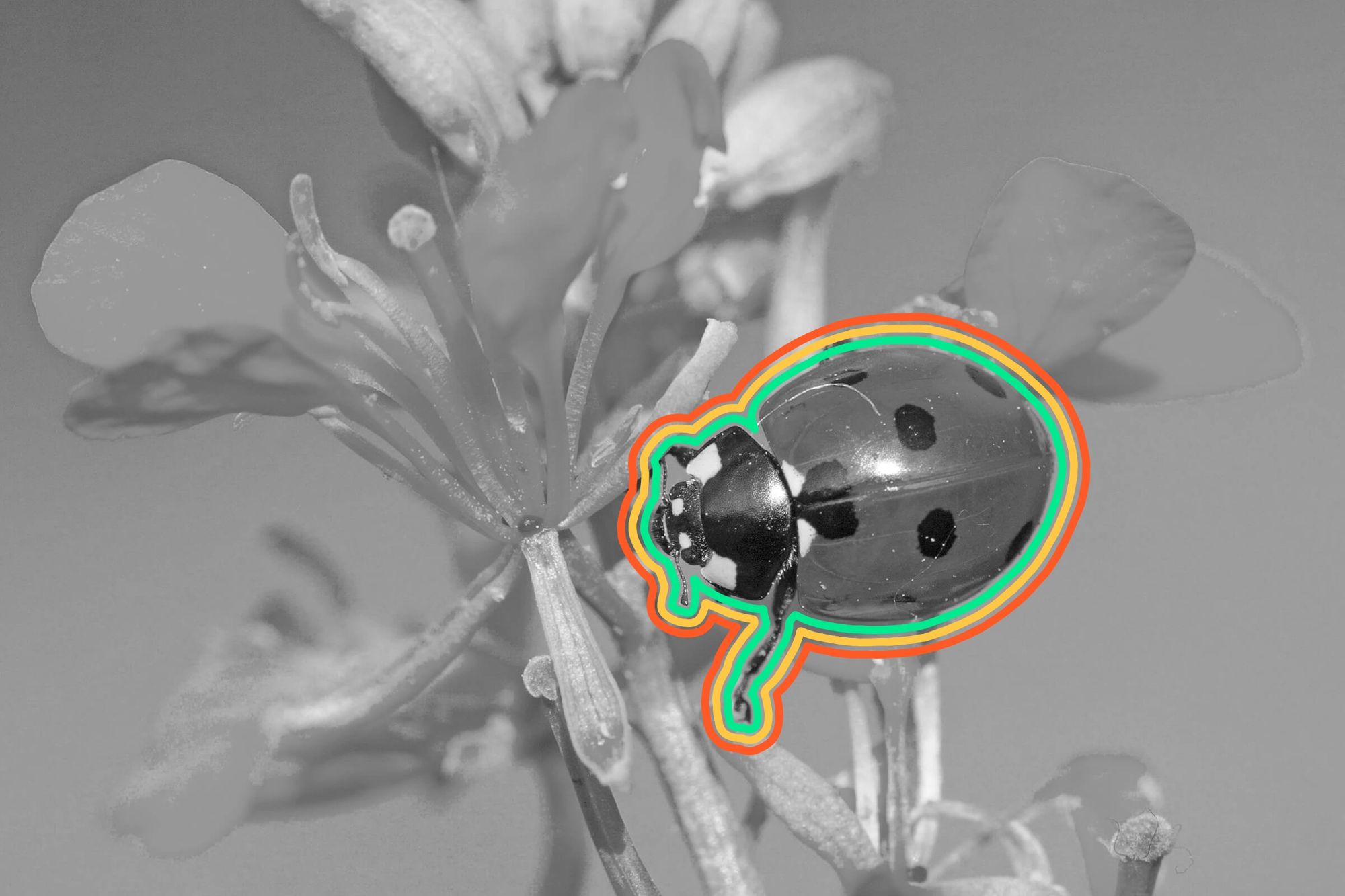| __ is the only country free of mosquitoes. |  |
|
|
 | Numbers Don't Lie |
|
 | | Species of mosquitoes found worldwide, 200 of which live in the U.S. | | 3,500 |
|
|  | | Number of eggs an adult female mosquito can lay at one time | | 50-200 |
|
|
|
 | | Top speed (in miles per hour) of a flying adult mosquito | | 1.5 |
|
|  | | Times a mosquito flaps its wings each second, faster than any similarly sized insect | | 800 |
|
|
|
|
|
 | London's subway system has a type of mosquito named after it. |
|
| There are thousands of mosquito breeds throughout the world, but London has one subspecies informally named for its subway system. Scientists believe the Culex pipiens molestus, often called the London Underground mosquito, is a variation of the Culex pipiens, the most widespread mosquito in the world. The London Underground mosquito is thought to have lived beneath the city's streets for around 150 years. While the pests were acknowledged during World War II, when Brits sheltering below ground were bitten by the hungry insects, it wasn't until decades later that researchers began to study them in earnest. By 1999, English researcher Katharine Byrne determined that the mosquitoes living in London's subway tunnels had morphed into their own subspecies, unable to even breed with other species. However, more recent research suggests the pests didn't evolve inside the Underground, but possibly in Egypt and nearby areas centuries ago. Today, Culex pipiens molestus is found in underground locations in many parts of the world. | | |
|
|
|
| You might also like | | 7 Amazing Facts About Insects | | Which common pollinator communicates by shaking its booty? How far can butterflies travel? How much can ants really carry? These seven intriguing insect facts will have you thinking differently about your exoskeletal friends. |  |
|  |
|
|
|
|
|
0 Comments:
Post a Comment
<< Home